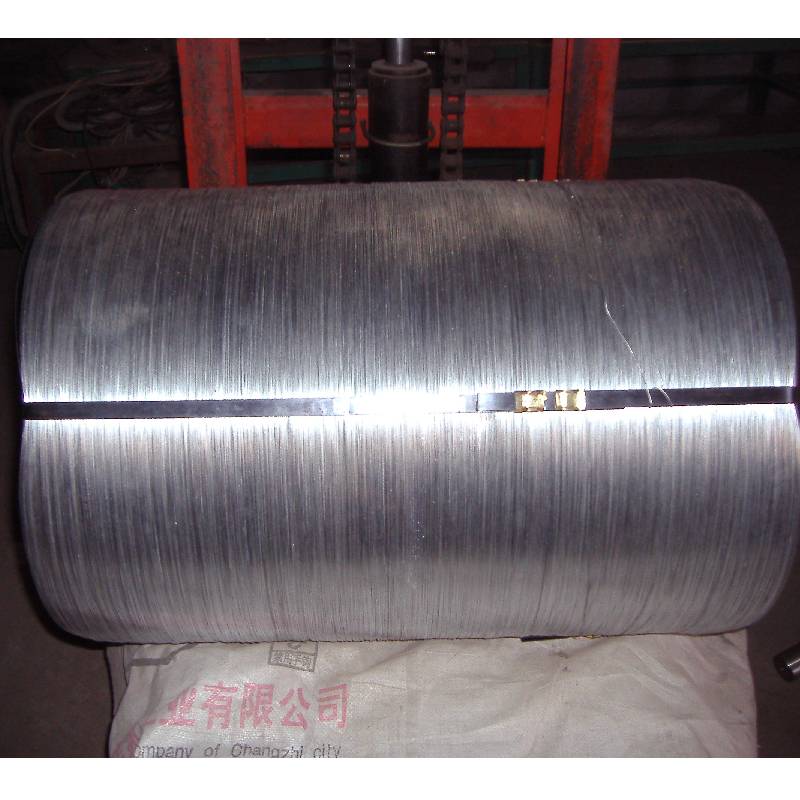
- Mobile Phone
- +8613931874955
- sales@cntcmetal.com
a coil spring
The Mechanics and Applications of Coil Springs
Coil springs are ubiquitous components in various engineering and design applications, serving crucial roles in the functioning of machines, vehicles, and countless everyday products. Understanding their mechanics, types, and applications can provide insights into their significant role in modern technology.
The Basics of Coil Springs
At its core, a coil spring is an elastic object that resembles a helix. It is primarily used to store potential energy and release it when needed, functioning on the principles of elasticity and Hooke's Law. Hooke's Law states that the force exerted by a spring is directly proportional to the distance it is stretched or compressed, within its elastic limit. This property makes coil springs incredibly versatile.
Coil springs can be manufactured from various materials, with steel being the most common due to its durability, strength, and resistance to deformation. The geometry of the spring, including its wire diameter, coil diameter, and the number of coils, determines its stiffness and load-bearing capacity.
Types of Coil Springs
Several types of coil springs exist, each designed for specific applications
1. Compression Springs These springs are used to resist compressive forces. They are commonly found in applications like automotive suspensions, where they absorb shocks and provide cushioning to enhance ride quality.
2. Tension Springs Designed to withstand pulling forces, tension springs are commonly used in applications such as retractable mechanisms, where they keep components in a state of tension until released.
3. Torsion Springs These springs provide resistance when twisted. Found in applications like clothespins or garage doors, torsion springs store energy by twisting along their axis.
4. Constant Force Springs These springs exert a constant force over their range of motion, making them ideal for applications like counterbalancing and mechanisms that require uniform motion.
a coil spring

Mechanical Properties and Behavior
The operation of coil springs is influenced by several mechanical properties, including modulus of elasticity, shear modulus, and fatigue resistance. The modulus of elasticity indicates how much a material will deform under stress, while shear modulus affects the spring's behavior under torsional loads. Fatigue resistance is essential for ensuring longevity, especially in applications subjected to repeated loading cycles.
Applications of Coil Springs
The applications of coil springs are vast and varied, spanning numerous industries.
1. Automotive Industry Coil springs are fundamental in vehicle suspension systems, providing stability while allowing for a smooth ride. By absorbing shocks from bumps in the road, they protect the vehicle and its passengers from excessive jolts.
2. Aerospace In aerospace applications, lightweight coil springs are used in landing gear and various mechanisms, ensuring functionality while reducing overall weight.
3. Consumer Products From pens that retract with a click to toys that spring into action, coil springs are integral to many everyday items. Their ability to compress and return to the original shape is a design favorite for a wide array of products.
4. Industrial Machinery Coil springs play critical roles in machinery, ensuring parts remain engaged and functional while providing necessary tension and counterbalancing forces in complex systems.
Conclusion
Coil springs exemplify the intersection of physics and engineering, harnessing the principles of elasticity to serve a multitude of purposes across different sectors. Their ability to absorb energy, provide stability, and maintain structure under varying loads makes them indispensable in modern technology. As engineering continues to advance, the design and application of coil springs will likely evolve, further expanding their utility and significance in both existing and innovative industries. Understanding the underlying mechanics and practical uses of coil springs not only highlights their importance but also opens doors to new possibilities in design and functionality.
share:
-
The Ultimate Solution for Display Needs: Wire Grid PanelsNewsMay.06,2025
-
The Ultimate Guide to Galvanized Steel WireNewsMay.06,2025
-
Iron Binding Wire: The Ideal Solution for Your NeedsNewsMay.06,2025
-
Explore the Strength and Versatility of Galvanized Welded Wire FabricNewsMay.06,2025
-
Discover the Durability and Versatility of PVC Galvanized WireNewsMay.06,2025
-
Discover Quality China Stainless Steel Wire MeshNewsMay.06,2025
-
Understanding Wall Ties: Types and ImportanceNewsApr.28,2025



















